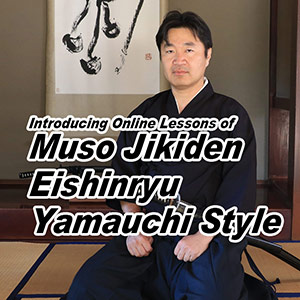Reserch of the Yayoi Period Yoshinogari settlement
Experts in the fields of ancient architecture, archaeology, and life culture, etc... examine and infer the status of the settlment, buildings and thepeople of Yoshinogari in the Yayoi Period.
South Inner Enclosure
Includes 4 watchtower and the kind's residence. In this enclosure, 20 buildings have been reconstructed.
North Inner Enclosure
The sacred zone of Yoshinogari. This area was used to conduct the affairs of governing the settlement.
There are nine buildings restored. The Ceremonial Hall is the most important facility to administer the festivals in Yoshinogari. Leaders discussed important issues as well. The highest-ranking priest offered prayer to the spirits of the ancestors here.
North Burial Mound
The graves of 2100 years old Kings and other important people. 14 burial jars have been excavated from the burial mound.
South Village
This is the area where common people called Geko lived. The area features 27 reconstructed buildings, including pit dwellings and raised-bloor buildings.
Offcial Web






